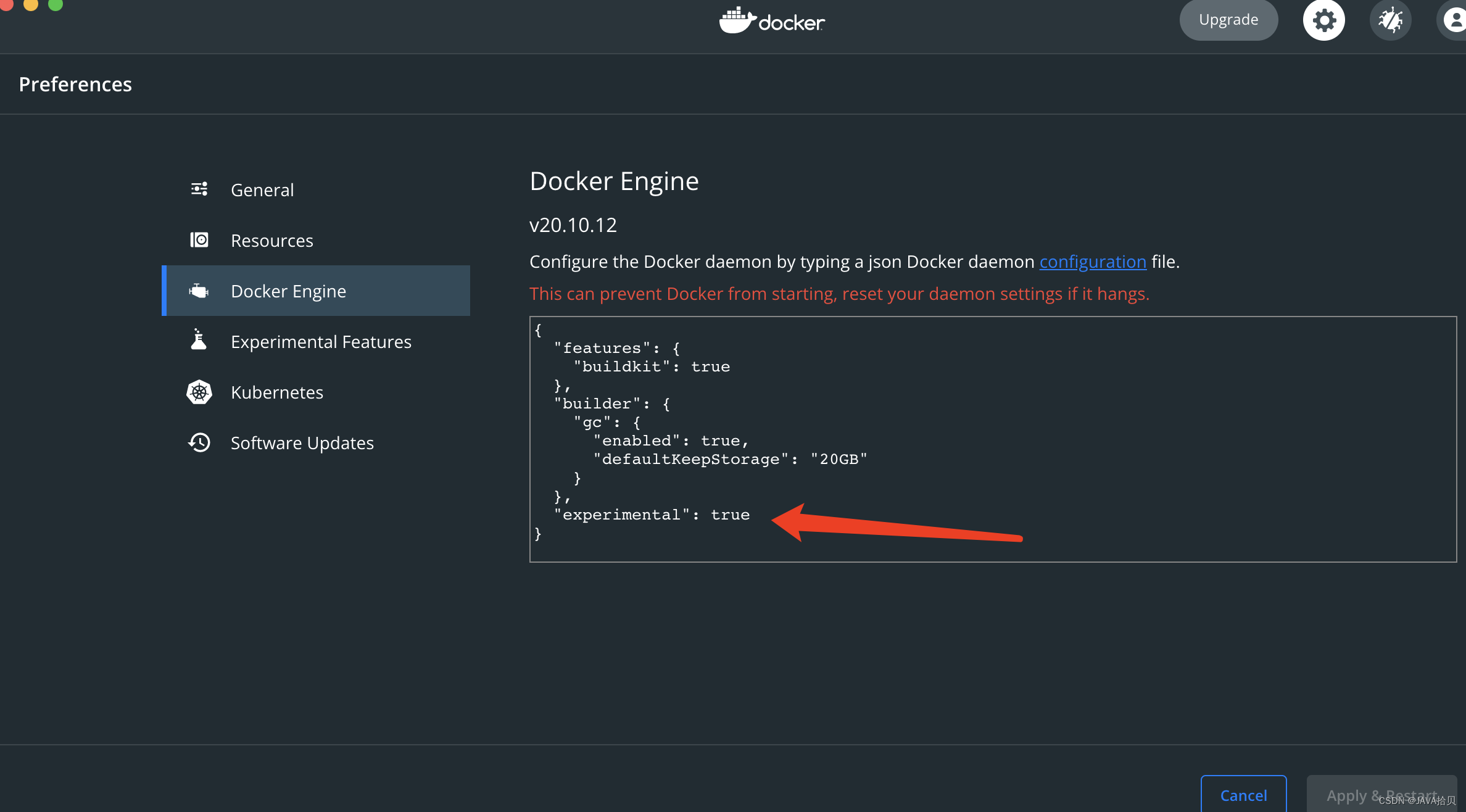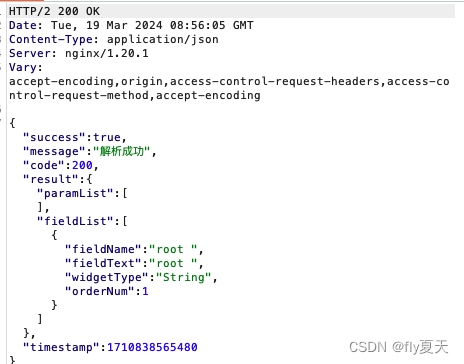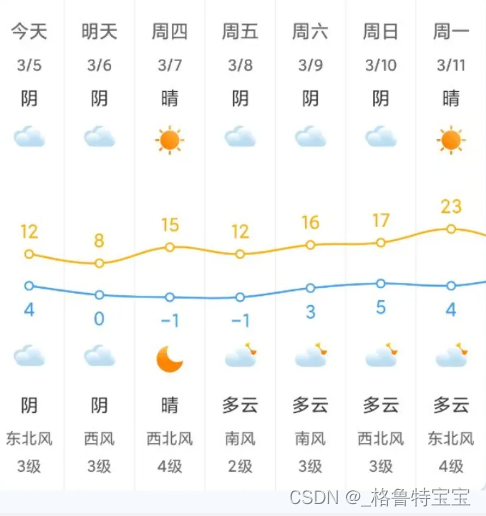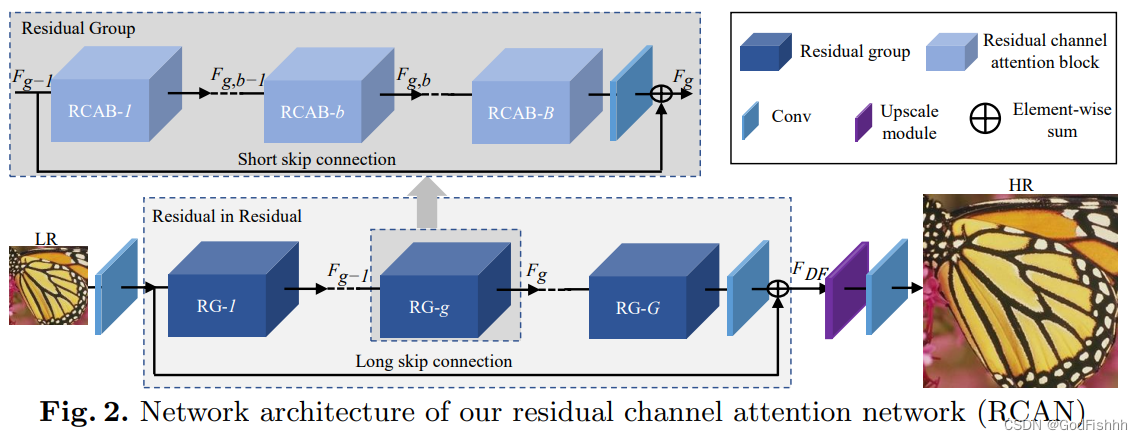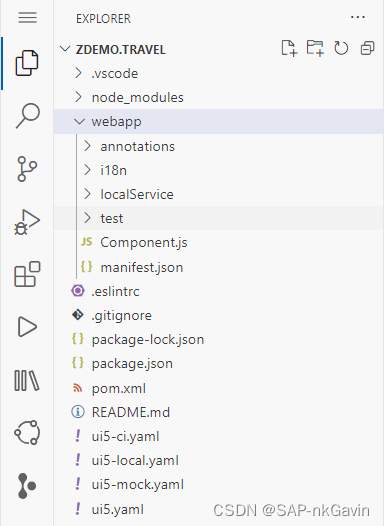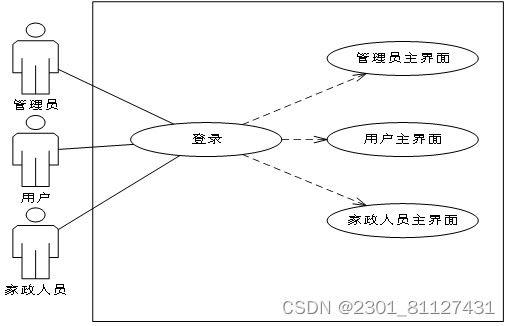目录
一、介绍
本片文章将实现请求响应同步,什么是请求响应同步呢?就是当我们发起一个请求时,希望能够在一定时间内同步(线程阻塞)等待响应结果。
我们通过netty实现rpc调用时,由于客户端和服务端保持连接,在此期间客户端会有无数的接口调用(并发),而此时,每次发送的请求需要能够及时响应获取调用结果,服务端一次次返回调用结果,客户端在处理响应结果时,需要与请求建立联系,确保每一次的请求能够正确获取到对应的调用结果。
由于在一个应用中,客户端与服务端的channel只有一条,所有线程都通过该channel进行rpc调用,所以,在接下来客户端设计中,每个线程发送的请求将会分配一个id,当请求发送完毕之后,该线程会进行阻塞状态,等待channel收到请求id对应返回的响应消息时唤醒或超时唤醒。在接下来服务端设计中,服务端收到客户端的rpc调用请求,对该请求进行处理,将该请求的id和处理结果写入响应类中进行返回。
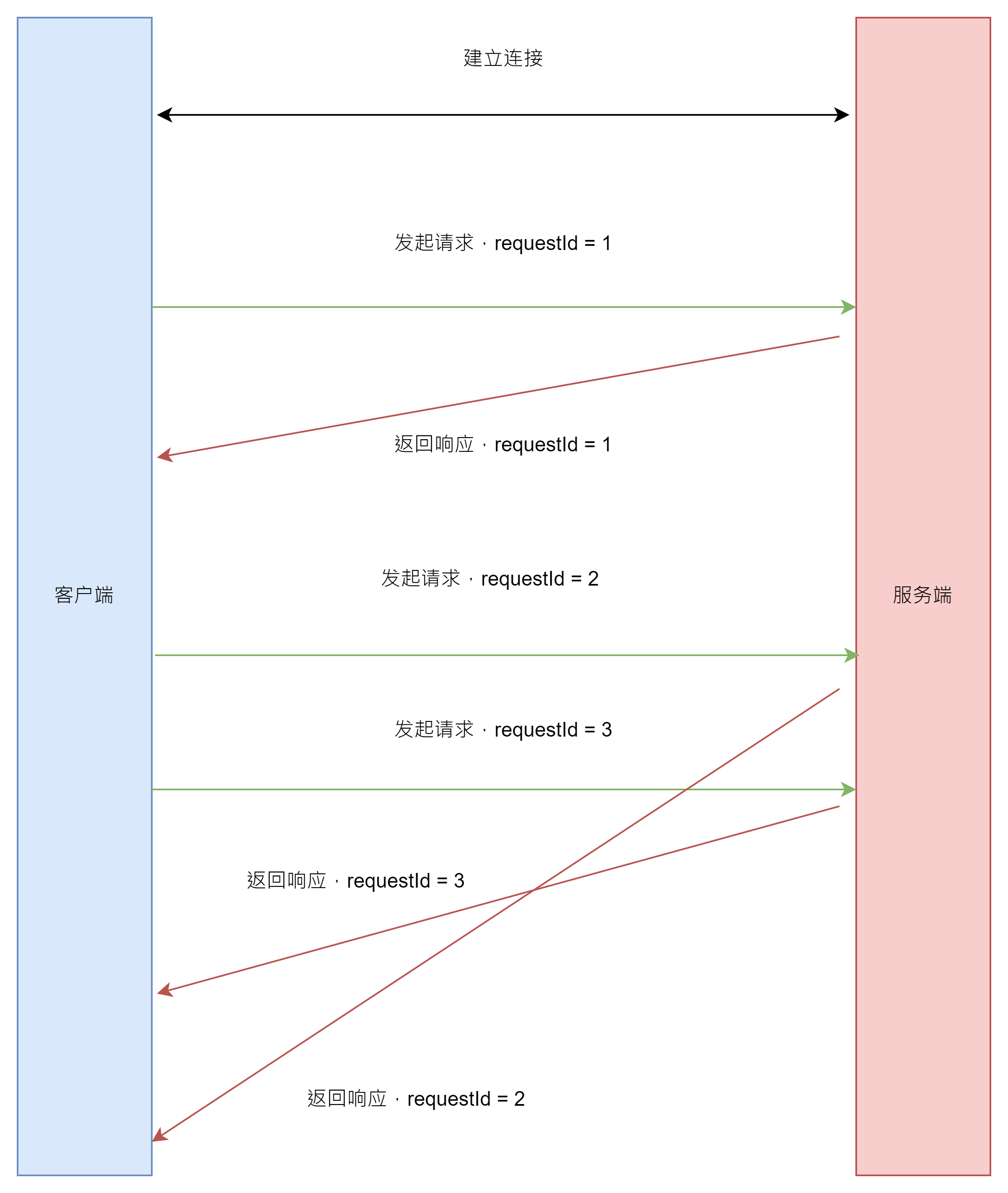
二、依赖引入
<dependencies>
<dependency>
<groupId>io.netty</groupId>
<artifactId>netty-all</artifactId>
<version>4.1.101.Final</version>
</dependency>
<dependency>
<groupId>io.protostuff</groupId>
<artifactId>protostuff-core</artifactId>
<version>1.8.0</version>
</dependency>
<dependency>
<groupId>io.protostuff</groupId>
<artifactId>protostuff-runtime</artifactId>
<version>1.8.0</version>
</dependency
<dependency>
<groupId>org.projectlombok</groupId>
<artifactId>lombok</artifactId>
<version>1.18.30</version>
</dependency>
</dependencies>三、公共部分实现
1、结构
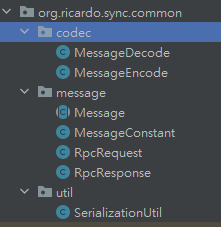
2、Message类,所有Request和Response类的父类,最关键的字段就是messageType,子类继承之后进行赋值,该值与类的类型进行绑定,用于byte字节数组反序列化时能够获取到需要反序列化的类型。
@Data
public abstract class Message {
protected Byte messageType;
}
RpcRequest,用于客户端向服务端发起调用的消息通信类
@Data
@ToString
public class RpcRequest extends Message{
private String id;
private String param;
public RpcRequest() {
this.id = UUID.randomUUID().toString();
super.messageType = MessageConstant.rpcRequest;
}
}RpcResponse,用于服务端向客户端返回结构的消息通信类
@Data
@ToString
public class RpcResponse extends Message{
private String id;
private String result;
public RpcResponse() {
super.messageType = MessageConstant.rpcResponse;
}
}3、MessageConstant,通过数值常量messageType绑定消息类型,在序列化对象时,会在数据中记录对象的messageType,在反序列化对象时,会从数据包中拿到messageType,将其转化为对应的消息类型进行处理
public class MessageConstant {
public final static Byte rpcRequest = 1;
public final static Byte rpcResponse = 2;
public static Map<Byte, Class<? extends Message>> messageTypeMap = new ConcurrentHashMap<>();
static {
messageTypeMap.put(rpcRequest, RpcRequest.class);
messageTypeMap.put(rpcResponse, RpcResponse.class);
}
public static Class<? extends Message> getMessageClass(Byte messageType){
return messageTypeMap.get(messageType);
}
}4、序列化工具,用于将类对象序列化为字节数组,以及将字节数组反序列化为对象
public class SerializationUtil {
private final static Map<Class<?>, Schema<?>> schemaCache = new ConcurrentHashMap<>();
/**
* 序列化
*/
public static <T> byte[] serialize(T object){
LinkedBuffer buffer = LinkedBuffer.allocate(LinkedBuffer.DEFAULT_BUFFER_SIZE);
try {
Class<T> cls = (Class<T>) object.getClass();
Schema<T> schema = getSchema(cls);
return ProtostuffIOUtil.toByteArray(object, schema, buffer);
} catch (Exception e) {
throw e;
} finally {
buffer.clear();
}
}
/**
* 反序列化
*/
public static <T> T deserialize(Class<T> cls, byte[] data) {
Schema<T> schema = getSchema(cls);
T message = schema.newMessage();
ProtostuffIOUtil.mergeFrom(data, message, schema);
return message;
}
public static <T> Schema<T> getSchema(Class<T> cls) {
Schema<T> schema = (Schema<T>) schemaCache.get(cls);
if(schema == null) {
schema = RuntimeSchema.getSchema(cls);
schemaCache.put(cls, schema);
}
return schema;
}
}
5、MesasgeEncode和MessageDecode实现
MessageEncode,用于将消息对象序列化为字节数组
字节数组主要包括三部分:
·有效数组长度,占4个字节,长度不包括自己,用于半包黏包判断
·消息的类型,占1个字节,用于反序列选择类型使用
·消息对象,占n个字节
public class MessageEncode extends MessageToByteEncoder<Message> {
@Override
protected void encode(ChannelHandlerContext channelHandlerContext, Message message, ByteBuf byteBuf) throws Exception {
// 将对象进行序列化
byte[] data = SerializationUtil.serialize(message);
// 写数据长度,前4个字节用于记录数据总长度(对象 + 类型(1个字节))
byteBuf.writeInt(data.length + 1);
// 写记录消息类型,用于反序列选择类的类型
byteBuf.writeByte(message.getMessageType());
// 写对象
byteBuf.writeBytes(data);
}
}MesageDecode,用于将字节数组反序列化为消息对象
反序列时会进行判断数据是否足够读取,足够的话就会读取到符合长度的字节数组进行序列化,否则的话等到下一个数据包到来再进行重新判断处理(解决半包黏包方案)
public class MessageDecode extends ByteToMessageDecoder {
@Override
protected void decode(ChannelHandlerContext channelHandlerContext, ByteBuf byteBuf, List<Object> list) throws Exception {
// 由于数据包的前4个字节用于记录总数据大小,如果数据不够4个字节,不进行读
if(byteBuf.readableBytes() < 4) {
return;
}
// 标记开始读的位置
byteBuf.markReaderIndex();
// 前四个字节记录了数据大小
int dataSize = byteBuf.readInt();
// 查看剩余可读字节是否足够,如果不是,重置读取位置,等待下一次解析
if(byteBuf.readableBytes() < dataSize) {
byteBuf.resetReaderIndex();
return;
}
// 读取消息类型
byte messageType = byteBuf.readByte();
// 读取数据, 数组大小需要剔除1个字节的消息类型
byte[] data = new byte[dataSize -1];
byteBuf.readBytes(data);
Message message = SerializationUtil.deserialize(MessageConstant.getMessageClass(messageType), data);
list.add(message);
}
}四、server端实现
1、结构

2、RpcRequestHandler,用于处理客户端rpc请求
public class RpcRequestHandler extends SimpleChannelInboundHandler<RpcRequest> {
private final static EventLoopGroup worker = new DefaultEventLoopGroup(Runtime.getRuntime().availableProcessors() + 1);
@Override
protected void channelRead0(ChannelHandlerContext ctx, RpcRequest msg) throws Exception {
// 为避免占用网络io,此处异步进行处理
worker.submit(() -> {
System.out.println("[RpcRequestHandler] "+ Thread.currentThread().getName() +" 处理请求,msg: " + msg);
// 模拟处理耗时
try {
Thread.sleep(3000);
} catch (InterruptedException e) {
throw new RuntimeException(e);
}
RpcResponse rpcResponse = new RpcResponse();
rpcResponse.setId(msg.getId());
rpcResponse.setResult("处理" + msg.getParam());
ctx.writeAndFlush(rpcResponse);
});
}
}
3、ServerChannelInitializer,该类用于初始化Server与Client通信的Channel,需要将我们前面写的编解码器以及RequestHandler添加进pipeline
public class ServerChannelInitializer extends ChannelInitializer<SocketChannel> {
@Override
protected void initChannel(SocketChannel socketChannel) throws Exception {
ChannelPipeline pipeline = socketChannel.pipeline();
pipeline.addLast(new MessageEncode());
pipeline.addLast(new MessageDecode());
pipeline.addLast(new RpcRequestHandler());
}
}4、RpcServer,用于启动一个Netty Server服务
public class RpcServer {
public void bind(Integer port) {
EventLoopGroup parent = new NioEventLoopGroup();
EventLoopGroup child = new NioEventLoopGroup();
Channel channel = null;
try{
ServerBootstrap serverBootstrap = new ServerBootstrap();
serverBootstrap.group(parent, child)
.channel(NioServerSocketChannel.class)
.option(ChannelOption.SO_BACKLOG, 1024)
.childHandler(new ServerChannelInitializer());
ChannelFuture channelFuture = serverBootstrap.bind(port).sync();
System.out.println("server启动");
// 非阻塞等待关闭
channelFuture.channel().closeFuture().addListener(new ChannelFutureListener() {
@Override
public void operationComplete(ChannelFuture channelFuture) throws Exception {
System.out.println("server关闭");
parent.shutdownGracefully();
child.shutdownGracefully();
}
});
channel = channelFuture.channel();
} catch (Exception e) {
e.printStackTrace();
if(channel == null || !channel.isActive()) {
System.out.println("server关闭");
parent.shutdownGracefully();
child.shutdownGracefully();
} else {
channel.close();
}
}
}
}五、client端实现
1、结构
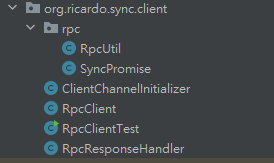
2、SyncPromise,用于Netty客户端的工作线程与外部发起RpcRequest的线程通信的类,通过该类可以阻塞与唤醒外部发起RpcRequest的线程,以及设置线程之间通信的内容(功能有点像Netty提供的Promise,不过此处我加了超时机制)
此处使用CountDownLatch来阻塞与唤醒线程有以下好处:
1、能够通过await(long timeout, TimeUnit unit)返回值true/false进行判断线程等待返回结果是否超时。因为线程进入阻塞时,CountDownLatch的值为1,当netty客户端的工作线程调用countDown()唤醒线程时,CountDownLatch值减为0,await(long timeout, TimeUnit unit)返回true,意味着线程等待响应结果时,没有超时。当netty客户端的工作线程没有来得及调用countDown()唤醒线程时。也就是说服务端返回结果超时,CountDownLatch值为1,线程超时唤醒,await(long timeout, TimeUnit unit)返回false。
综上所述,以await(long timeout, TimeUnit unit)返回值进行判断线程是否超时唤醒。此处给一个对比,就是有人认为为什么不使用LockSupport进行线程的阻塞与唤醒,原因如下:虽然LockSupport提供了超时唤醒的方法,但是该方法既没有返回值,也没有抛出异常,线程唤醒时,我们没有办法判断该线程是否超时了。
2、在我们实现的流程中,我们先发送了请求,才进行线程阻塞。那么存在一种情况,如果结果在我们线程阻塞之前就返回了,那么当线程进入阻塞时,就再也没有唤醒线程的时机了,导致线程每次调用接口都是超时的。
CountDownLatch的await(long timeout, TimeUnit unit)方法很好的规避了上诉问题,如果netty客户端的工作线程调用countDown()唤醒线程,那么此时CountDownLatch值减为0,线程需要调用await()进入阻塞,此时由于CountDownLatch为0,线程将不会进入阻塞,方法返回true,我们线程也能够正常的拿到请求的响应结果。
具体妙处需要大家仔细感受,一开始可能不太能理解,但把流程仔细梳理一下,就能够有更好的体验。
public class SyncPromise {
// 用于接收结果
private RpcResponse rpcResponse;
private final CountDownLatch countDownLatch = new CountDownLatch(1);
// 用于判断是否超时
private boolean isTimeout = false;
/**
* 同步等待返回结果
*/
public RpcResponse get(long timeout, TimeUnit unit) throws InterruptedException {
// 等待阻塞,超时时间内countDownLatch减到0,将提前唤醒,以此作为是否超时判断
boolean earlyWakeUp = countDownLatch.await(timeout, unit);
if(earlyWakeUp) {
// 超时时间内countDownLatch减到0,提前唤醒,说明已有结果
return rpcResponse;
} else {
// 超时时间内countDownLatch没有减到0,自动唤醒,说明超时时间内没有等到结果
isTimeout = true;
return null;
}
}
public void wake() {
countDownLatch.countDown();
}
public RpcResponse getRpcResponse() {
return rpcResponse;
}
public void setRpcResponse(RpcResponse rpcResponse) {
this.rpcResponse = rpcResponse;
}
public boolean isTimeout() {
return isTimeout;
}
}3、RpcUtil,封装的请求发送工具类,需要调用rpc发送的请求的线程,将通过该工具的send方法进行远程调用,不能简单的通过channel.writeAndFlush()进行客户端与服务端的通信
syncPromiseMap的作用:记录请求对应的SyncPromise对象(一次请求对应一个SyncPromise对象),由于外部线程与netty客户端的工作线程是通过SyncPromise进行通信的,我们需要通过请求的id与SyncPromise建立关系,确保netty客户端在处理RpcResopnse时,能够根据其中的请求id属性值,找到对应SyncPromise对象,为其设置响应值,以及唤醒等待结果的线程。
public class RpcUtil {
private final static Map<String, SyncPromise> syncPromiseMap = new ConcurrentHashMap<>();
private final static Channel channel;
static{
channel = new RpcClient().connect("127.0.0.1", 8888);
}
public static RpcResponse send(RpcRequest rpcRequest, long timeout, TimeUnit unit) throws Exception{
if(channel == null) {
throw new NullPointerException("channel");
}
if(rpcRequest == null) {
throw new NullPointerException("rpcRequest");
}
if(timeout <= 0) {
throw new IllegalArgumentException("timeout must greater than 0");
}
// 创造一个容器,用于存放当前线程与rpcClient中的线程交互
SyncPromise syncPromise = new SyncPromise();
syncPromiseMap.put(rpcRequest.getId(), syncPromise);
// 发送消息,此处如果发送玩消息并且在get之前返回了结果,下一行的get将不会进入阻塞,也可以顺利拿到结果
channel.writeAndFlush(rpcRequest);
// 等待获取结果
RpcResponse rpcResponse = syncPromise.get(timeout, unit);
if(rpcResponse == null) {
if(syncPromise.isTimeout()) {
throw new TimeoutException("等待响应结果超时");
} else{
throw new Exception("其他异常");
}
}
// 移除容器
syncPromiseMap.remove(rpcRequest.getId());
return rpcResponse;
}
public static Map<String, SyncPromise> getSyncPromiseMap(){
return syncPromiseMap;
}
}4、RpcResponseHandler,处理返回的调用结果,在该处理器中,将唤醒等待返回结果的线程
public class RpcResponseHandler extends SimpleChannelInboundHandler<RpcResponse> {
@Override
protected void channelRead0(ChannelHandlerContext ctx, RpcResponse msg) throws Exception {
// 根据请求id,在集合中找到与外部线程通信的SyncPromise对象
SyncPromise syncPromise = RpcUtil.getSyncPromiseMap().get(msg.getId());
if(syncPromise != null) {
// 设置响应结果
syncPromise.setRpcResponse(msg);
// 唤醒外部线程
syncPromise.wake();
}
}
}
5、ClientChannelInitializer,该类用于初始化Server与Client通信的Channel,需要将我们前面写的编解码器以及ResponseHandler添加进pipeline
public class ClientChannelInitializer extends ChannelInitializer<SocketChannel> {
@Override
protected void initChannel(SocketChannel socketChannel) throws Exception {
ChannelPipeline pipeline = socketChannel.pipeline();
pipeline.addLast(new MessageEncode());
pipeline.addLast(new MessageDecode());
pipeline.addLast(new RpcResponseHandler());
}
}
6、RpcClient实现,用于启动客户端
public class RpcClient {
public Channel connect(String host, Integer port) {
EventLoopGroup worker = new NioEventLoopGroup();
Channel channel = null;
try {
Bootstrap bootstrap = new Bootstrap();
bootstrap.group(worker)
.channel(NioSocketChannel.class)
.option(ChannelOption.AUTO_READ, true)
.handler(new ClientChannelInitializer());
ChannelFuture channelFuture = bootstrap.connect(host, port).sync();
System.out.println("客户端启动");
channel = channelFuture.channel();
// 添加关闭监听器
channel.closeFuture().addListener(new ChannelFutureListener() {
@Override
public void operationComplete(ChannelFuture channelFuture) throws Exception {
System.out.println("关闭客户端");
worker.shutdownGracefully();
}
});
} catch (Exception e) {
e.printStackTrace();
if(channel == null || !channel.isActive()) {
worker.shutdownGracefully();
} else {
channel.close();
}
}
return channel;
}
}六、测试
1、启动服务端
public static void main(String[] args) {
new RpcServer().bind(8888);
}启动结果如下:
server启动2、启动客户端,并且通过两个异步线程发送请求
public static void main(String[] args) throws Exception{
//Channel channel = new RpcClient().connect("127.0.0.1", 8888);
Thread thread1 = new Thread(new Runnable() {
@Override
public void run() {
RpcRequest rpcRequest = new RpcRequest();
rpcRequest.setParam("参数1");
try {
System.out.println("thread1发送请求");
RpcResponse rpcResponse = RpcUtil.send(rpcRequest, 5, TimeUnit.SECONDS);
System.out.println("thread1处理结果:" + rpcResponse);
} catch (Exception e) {
throw new RuntimeException(e);
}
}
});
Thread thread2 = new Thread(new Runnable() {
@Override
public void run() {
RpcRequest rpcRequest2 = new RpcRequest();
rpcRequest2.setParam("参数2");
try {
System.out.println("thread2发送请求");
RpcResponse rpcResponse = RpcUtil.send(rpcRequest2, 5, TimeUnit.SECONDS);
System.out.println("thread2处理结果:" + rpcResponse);
} catch (Exception e) {
throw new RuntimeException(e);
}
}
});
// 休眠一下,等待客户端与服务端进行连接
Thread.sleep(1000);
thread1.start();
thread2.start();
}服务端结果:
[RpcRequestHandler] defaultEventLoopGroup-4-3 处理请求,msg: RpcRequest(id=ade6af01-2bcf-4a4c-a42a-381731010027, param=参数1)
[RpcRequestHandler] defaultEventLoopGroup-4-4 处理请求,msg: RpcRequest(id=db57bf9a-3220-44ca-8e4f-d74237a3d5b2, param=参数2)客户端结果
thread1发送请求
thread2发送请求
thread1处理结果:RpcResponse(id=ade6af01-2bcf-4a4c-a42a-381731010027, result=处理参数1)
thread2处理结果:RpcResponse(id=db57bf9a-3220-44ca-8e4f-d74237a3d5b2, result=处理参数2)以上由于我们在RpcRequestHandler中模拟处理请求为3秒,而线程等待结果超时为5秒,所以接下来将线程调用rpc请求的的超时时间设置为2秒,重启客户端,客户端结果如下:
thread1发送请求
thread2发送请求
Exception in thread "Thread-1" Exception in thread "Thread-0" java.lang.RuntimeException: java.util.concurrent.TimeoutException: 等待响应结果超时
at org.ricardo.sync.client.RpcClientTest$1.run(RpcClientTest.java:32)
at java.lang.Thread.run(Thread.java:748)
Caused by: java.util.concurrent.TimeoutException: 等待响应结果超时
at org.ricardo.sync.client.rpc.RpcUtil.send(RpcUtil.java:56)
at org.ricardo.sync.client.RpcClientTest$1.run(RpcClientTest.java:29)
... 1 more
java.lang.RuntimeException: java.util.concurrent.TimeoutException: 等待响应结果超时
at org.ricardo.sync.client.RpcClientTest$2.run(RpcClientTest.java:48)
at java.lang.Thread.run(Thread.java:748)
Caused by: java.util.concurrent.TimeoutException: 等待响应结果超时
at org.ricardo.sync.client.rpc.RpcUtil.send(RpcUtil.java:56)
at org.ricardo.sync.client.RpcClientTest$2.run(RpcClientTest.java:45)
... 1 more

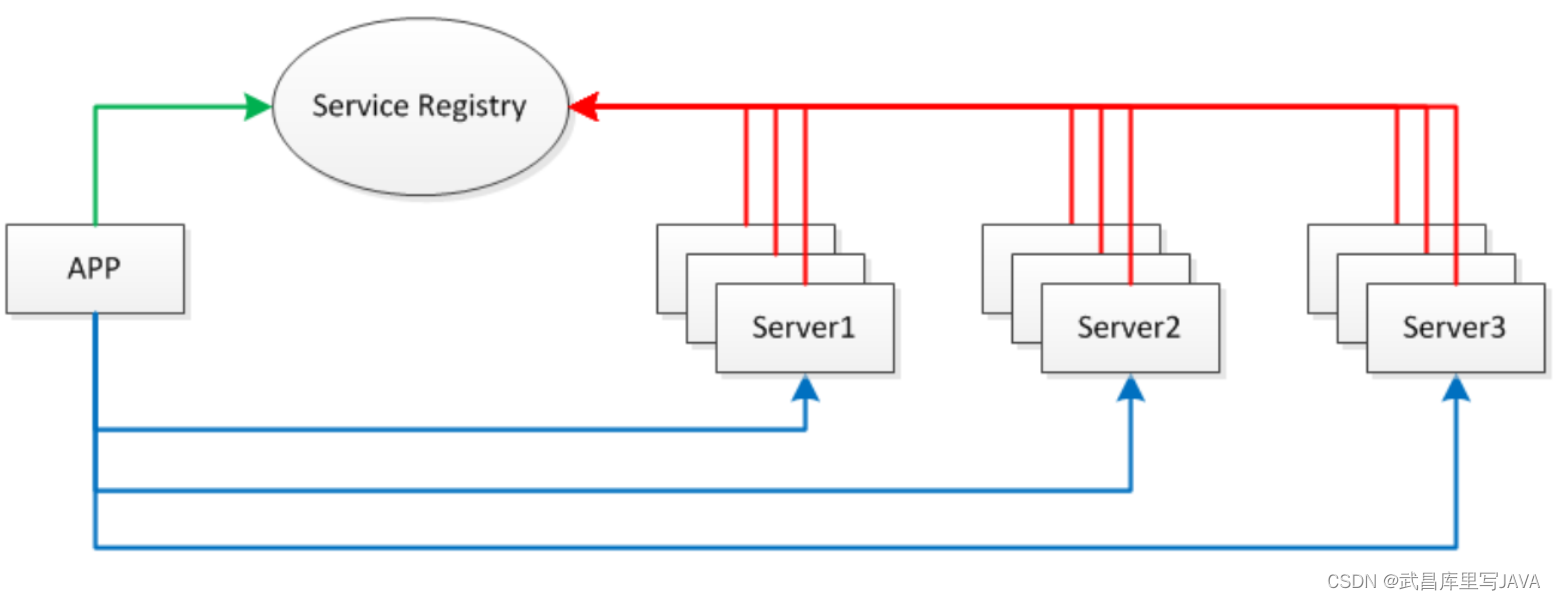
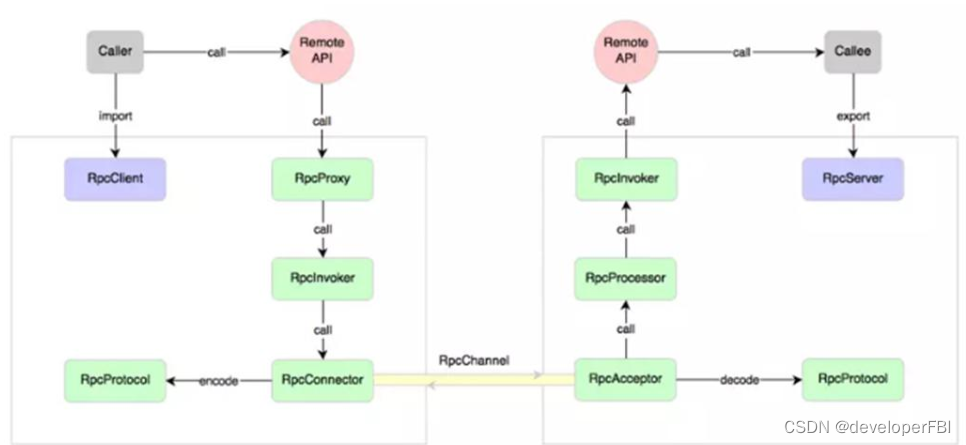
![[<span style='color:red;'>Netty</span><span style='color:red;'>实践</span>] 简单WebSocket服务<span style='color:red;'>实现</span>](https://img-blog.csdnimg.cn/direct/5daf649a7656400da4720ed822c64152.png)





















